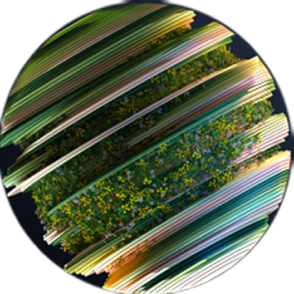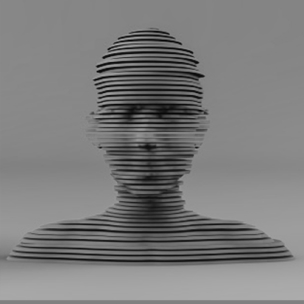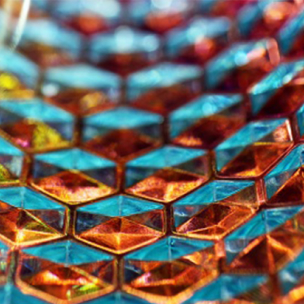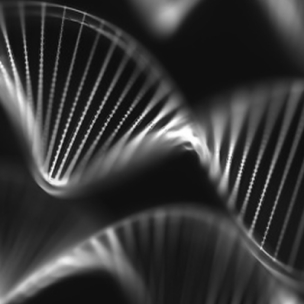Synthetic Biology: the Convergence of Biology, Engineering, and Computation
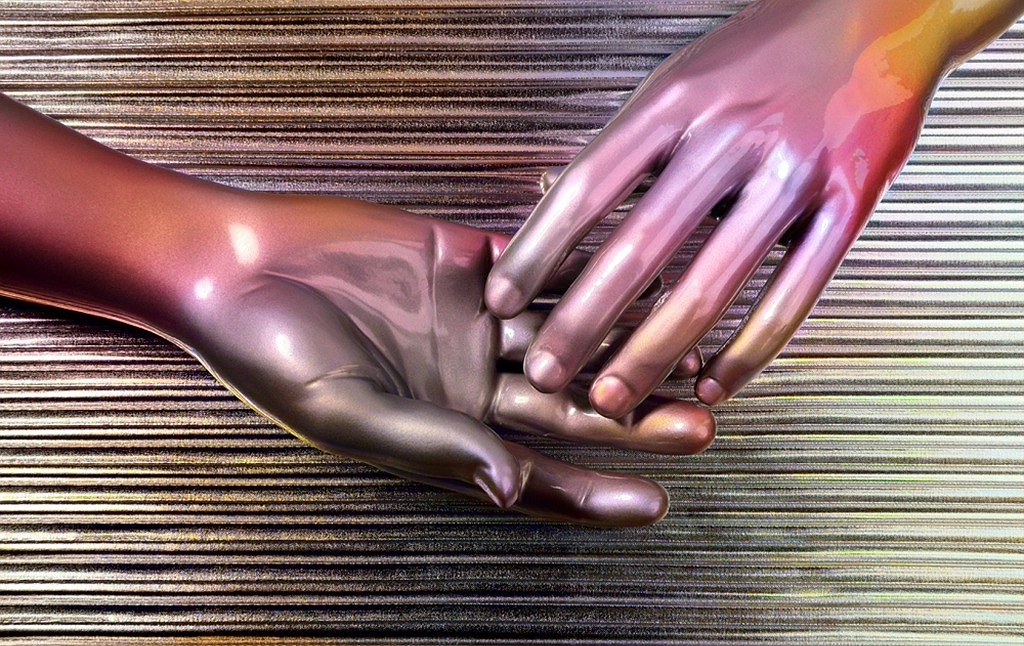
The technologies we are developing could not only heal our planet but revolutionize how we live on it. But the cost of getting it wrong could be catastrophic.
In a world unraveling at the seams, teetering on the precipice of environmental collapse, biodiversity loss, and social upheaval, synthetic biology emerges as a paradoxical savior. At its core, it offers humanity an unprecedented power: the ability to redesign life itself. But this power is double-edged, fraught with risks and ethical quandaries that stretch the limits of human understanding. Synthetic biology, combined with artificial intelligence, holds the promise of engineering solutions that could solve some of our most pressing challenges—yet it demands a reckoning with the fundamental questions of what it means to be human, to govern, and to exist in a world we are now poised to remake.
Imagine this: Everything we currently do, everything that defines our civilization—medicine, agriculture, energy, manufacturing—could be accomplished by biology. The barriers between what is natural and what is synthetic are blurring. We are now rewriting the book of life, not merely editing its margins but penning entirely new chapters. The technologies we are developing could not only heal our planet but revolutionize how we live on it. But the cost of getting it wrong could be catastrophic.
Synthetic biology is a convergence of biology, engineering, and computation—a bold reimagining of life as we know it. It allows us to design organisms to perform specific tasks, from cleaning up environmental disasters to producing renewable resources. And this is where it gets fascinating: synthetic biology doesn’t stop at the trivial. It stretches into the territory of creating entirely new organisms, programming cells, and even one day redefining what it means to be human. This is not the work of science fiction. It is the work of today.
But how do we engage with something so monumental that it threatens to overwhelm our understanding of nature itself? The crux of the problem lies in our ability—or perhaps our inability—to grasp the full implications of our actions. Already, we are beginning to cure genetic diseases, such as Huntington’s and cystic fibrosis, by editing faulty genes. Yet as we transition from fixing individual genes to reprogramming genomes, we confront an ethical quagmire: Should we rewrite the human blueprint? Can we? And who gets to decide?
The problem, as ever, is speed. Synthetic biology is advancing faster than our ability to understand its implications.

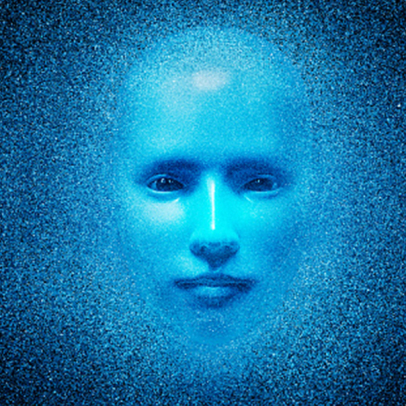


This conversation takes on new urgency when we consider that synthetic biology isn’t advancing in isolation. Paired with artificial intelligence, we are gaining the ability to parse biological data on a scale previously unimaginable. AI allows us to understand the vast complexity of biological systems, from protein structures to entire genomes, and to simulate interventions before they are ever attempted in a living organism. It can predict, analyze, and suggest designs for biological organisms with a precision far beyond human capability. But this confluence of technologies raises the stakes. AI and synthetic biology together could unlock remarkable new realms of possibility—or they could become tools of mass destruction.
The irony of synthetic biology is that while it offers potential salvation for the planet, it is viewed by many with suspicion and fear. Yet this fear is largely based on misunderstanding. Synthetic biology is not about “playing God” in a hubristic sense; it is about taking control of a world that is rapidly spiraling into chaos. As climate change accelerates, ecosystems collapse, and species vanish, we are left with fewer and fewer options. It may be that synthetic biology—by creating synthetic organisms capable of addressing these crises—becomes the key to preserving what remains of the natural world.
Consider the concept of “biodesign.” What if we could program microorganisms to consume plastic waste? Or develop crops that thrive in increasingly hostile environments? These ideas are no longer speculative—they are within reach. Synthetic biology offers a pathway to creating bioplastics, storing data in DNA, and even producing lab-grown meat, reducing the environmental impact of food production. But the larger vision is even more compelling: imagine a world where we grow our homes instead of building them, where biology becomes the engine of human progress in a sustainable, regenerative way.
Of course, with this power comes profound responsibility. As with any technology, synthetic biology is morally neutral—it is the human application of these tools that determines whether they are used for good or ill. We’ve seen this play out before with nuclear weapons, artificial intelligence, and other technologies that emerged with great promise, only to be co-opted by destructive forces. The same could happen with synthetic biology. The challenge is not just creating the technology—it’s in how we govern it, how we regulate it, and how we bring the public along on this journey.
The problem, as ever, is speed. Synthetic biology is advancing faster than our ability to understand its implications. Regulatory frameworks lag behind, leaving a vacuum in which innovation can outpace oversight. Worse still, the public discourse on these technologies is woefully inadequate. Too often, fear dominates the conversation, driven by sensationalism and misunderstanding. We must do better—because this is not a technology that can be locked away in ivory towers. Synthetic biology, by its very nature, will become accessible to more and more people as it democratizes. We must embrace openness and transparency in how we communicate its potential.
And yet, here lies another paradox: in democratizing synthetic biology, we may unleash forces we cannot control. As these technologies become more accessible, they will empower individuals to create and experiment in ways that are currently unimaginable. Just as personal computers once revolutionized the digital landscape, synthetic biology could one day enable anyone to program life itself. This opens up breathtaking possibilities for creativity and innovation—but it also introduces the risk of misuse, whether intentional or accidental.
The future of synthetic biology, then, is not just a matter of scientific progress—it is a matter of societal transformation. It will redefine industries, reshape economies, and challenge our most deeply held beliefs about life, nature, and human identity. The question is not whether this future will come to pass; it is already unfolding. The question is whether we will rise to meet it with wisdom, foresight, and a commitment to using these tools responsibly.
Ultimately, synthetic biology offers humanity a rare opportunity: the chance to rewrite our relationship with the natural world. It could provide the solutions we need to confront the existential threats of our time, from climate change to disease. But it will also require us to think deeply about the ethical, philosophical, and practical implications of remaking life itself. We are standing at the cusp of a biotechnological revolution that will define the next century. The choices we make today will shape not only our future but the future of life on Earth. It is time we begin to think—and act—with the gravity that this moment demands.
